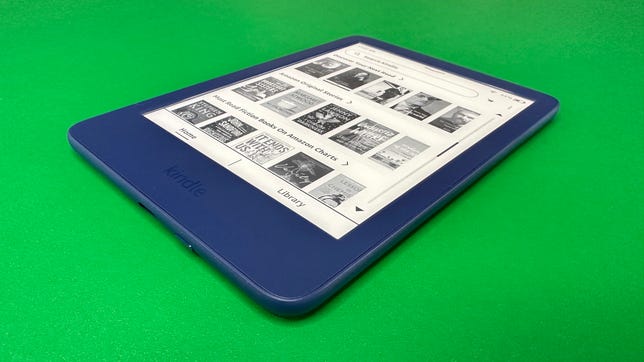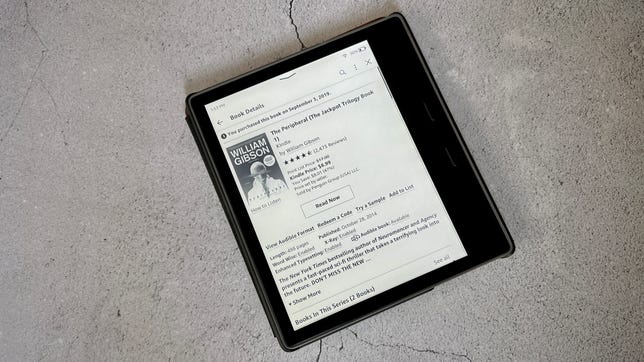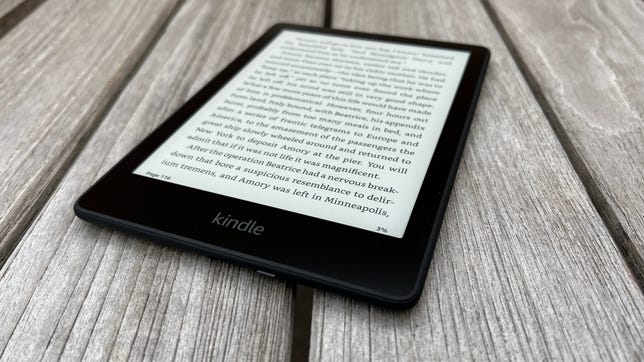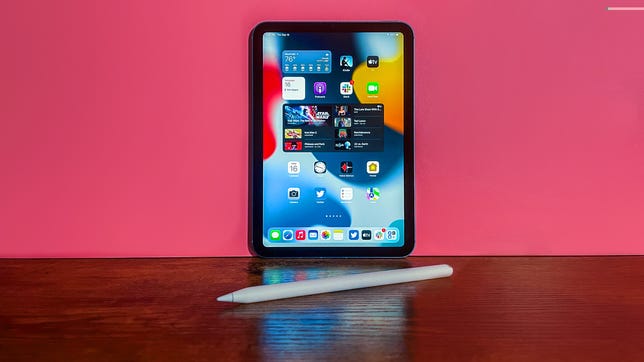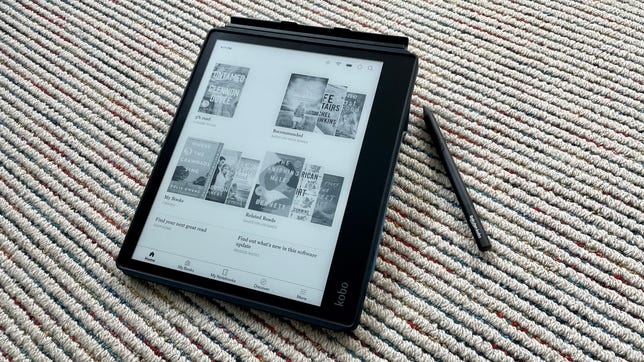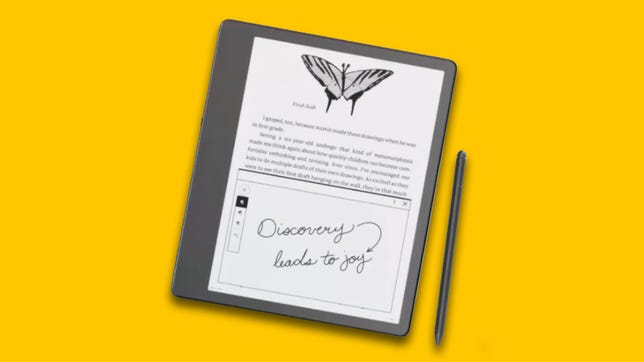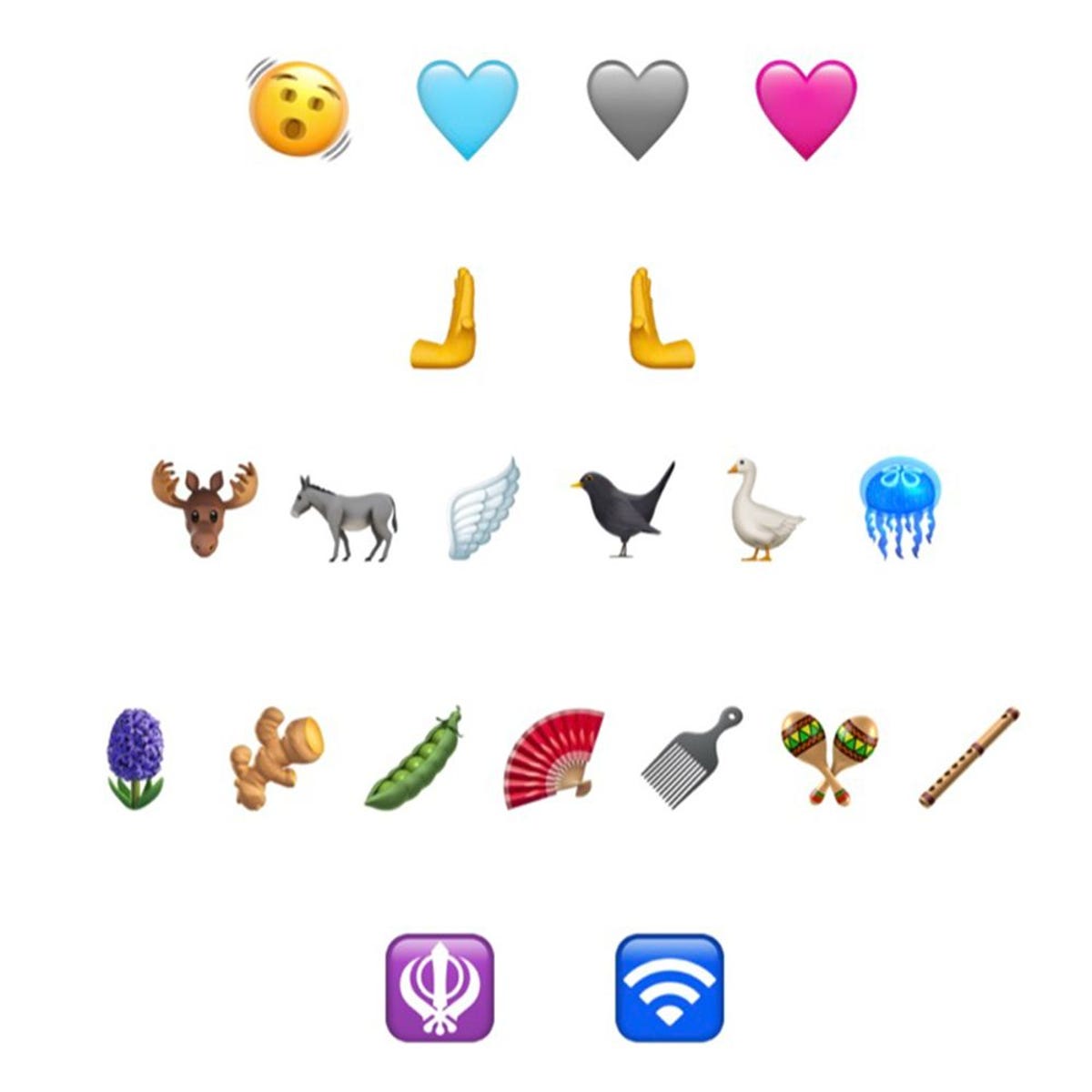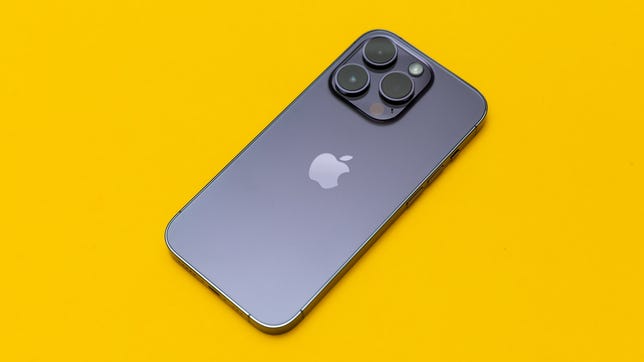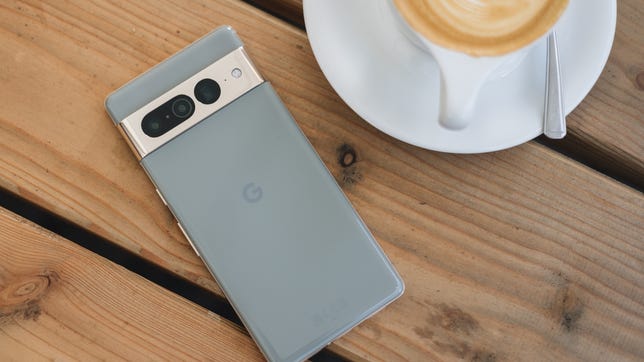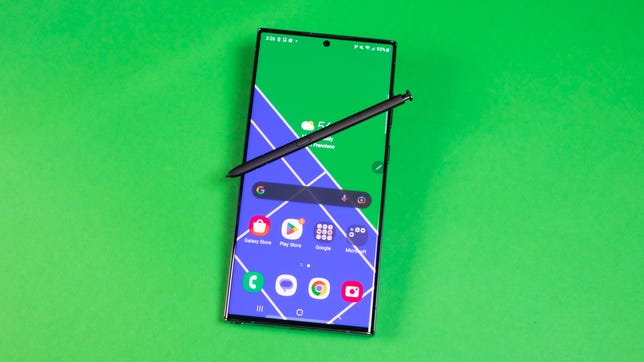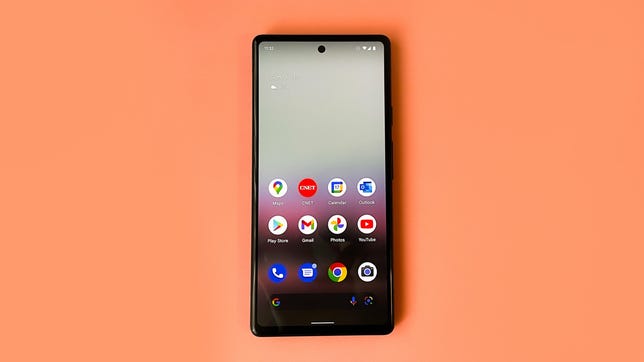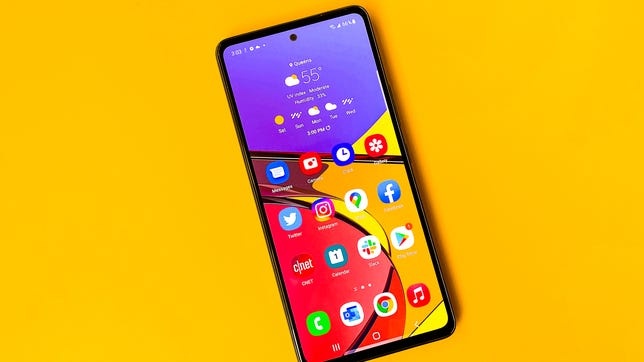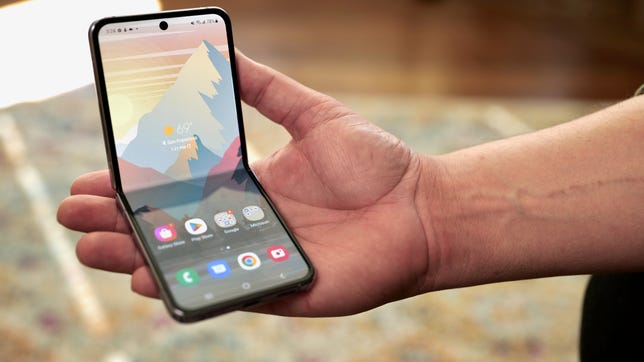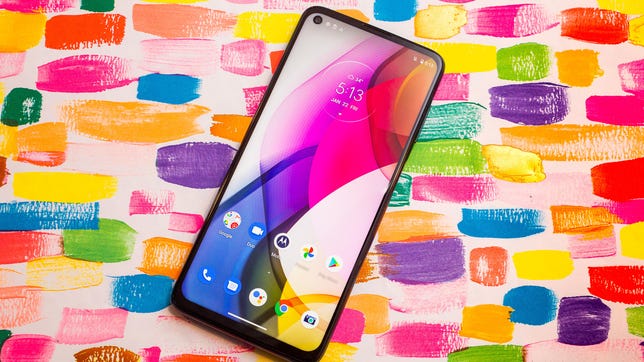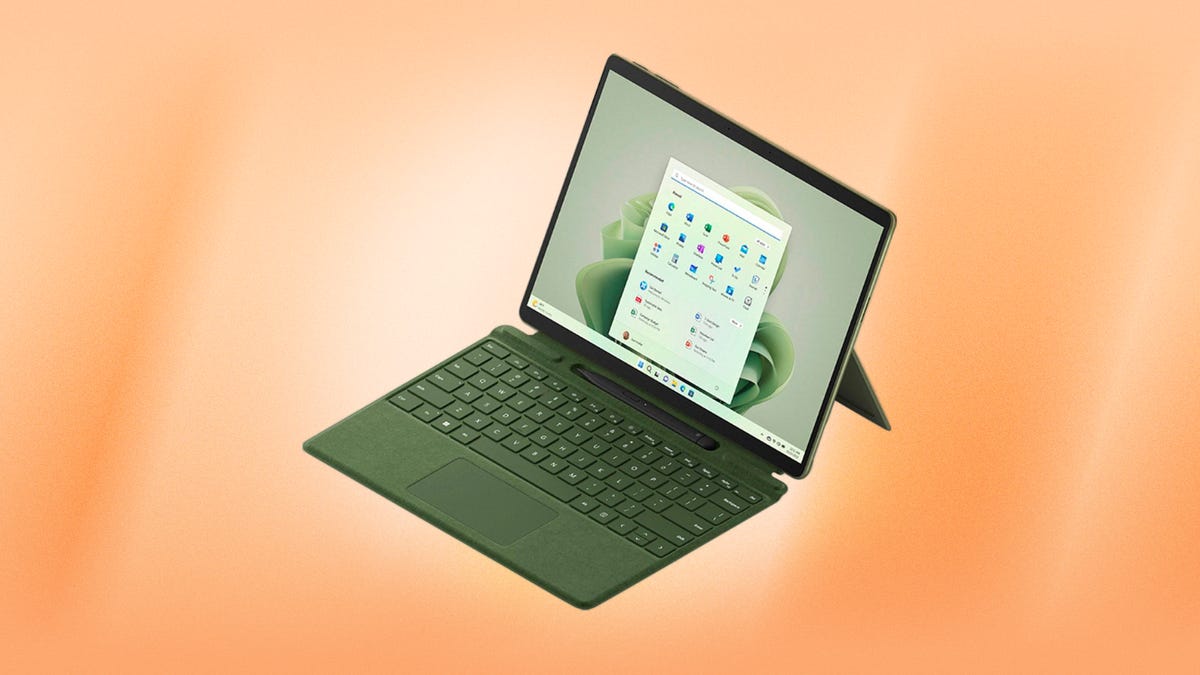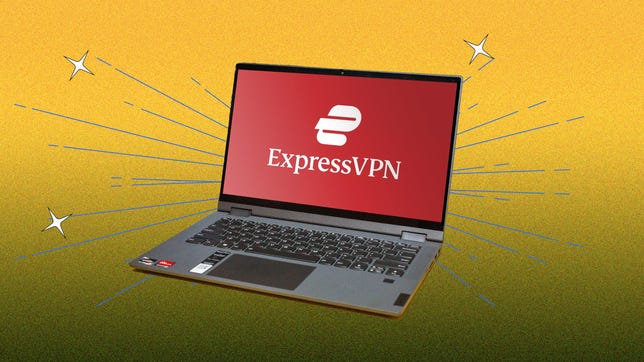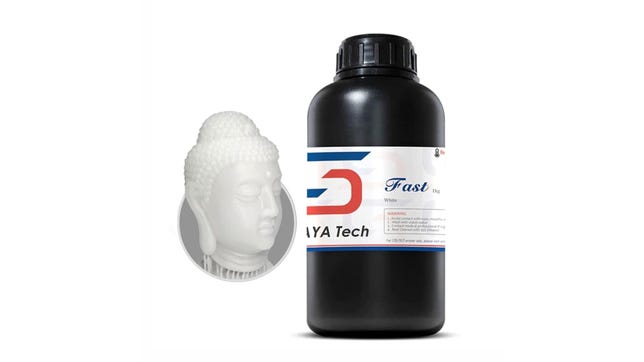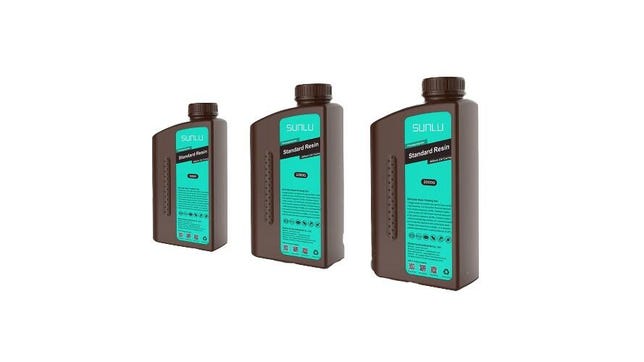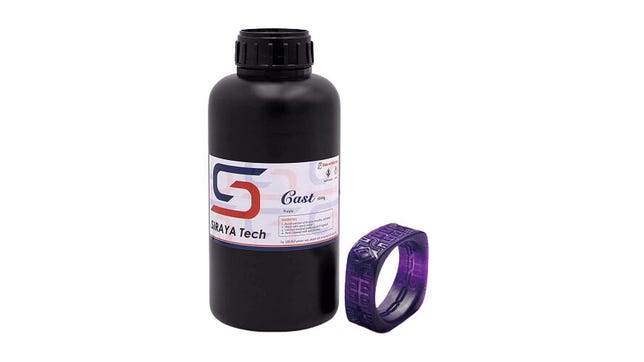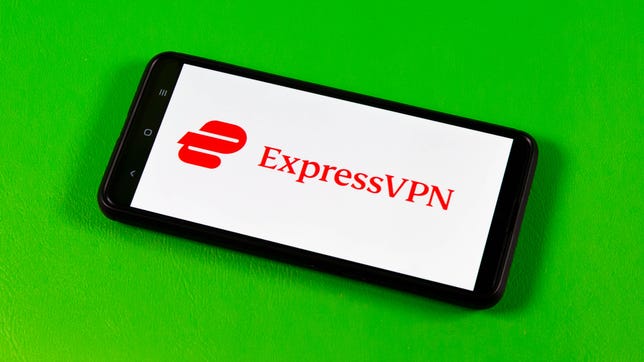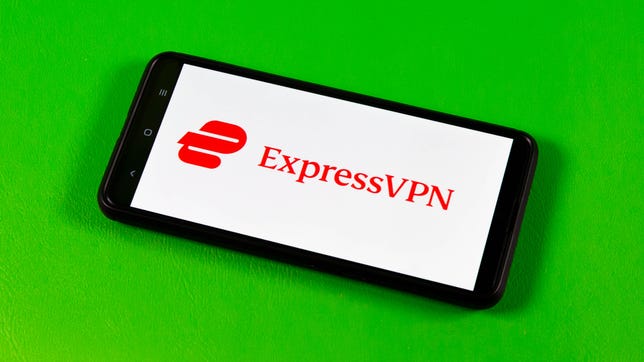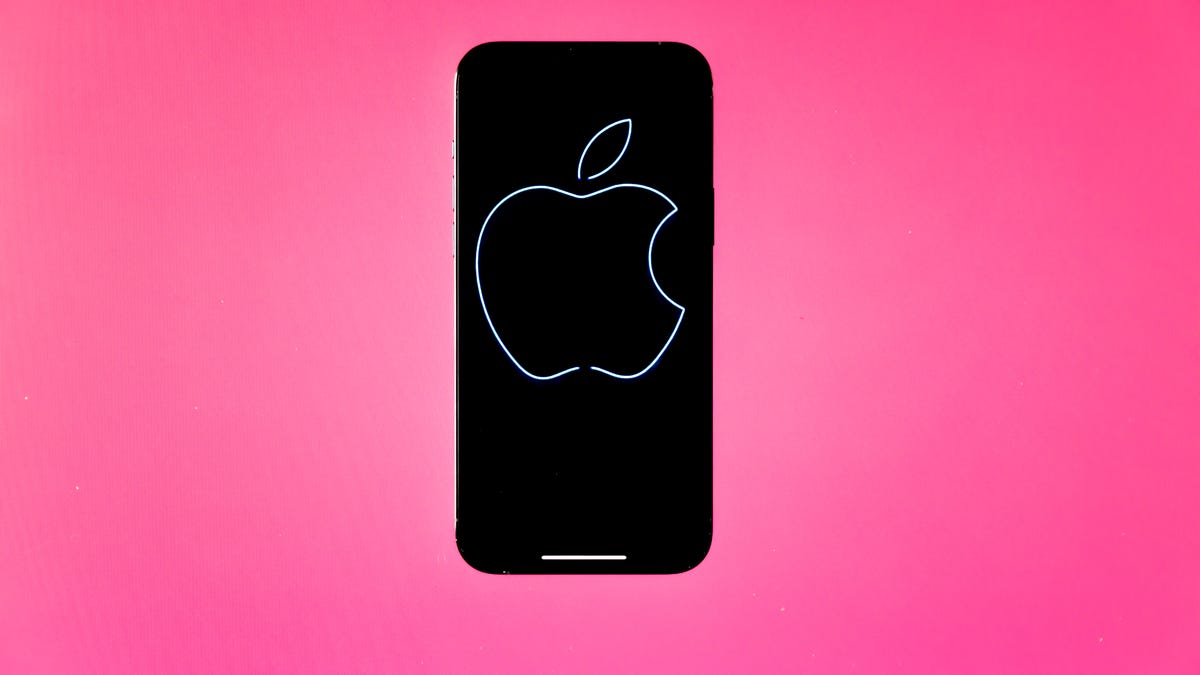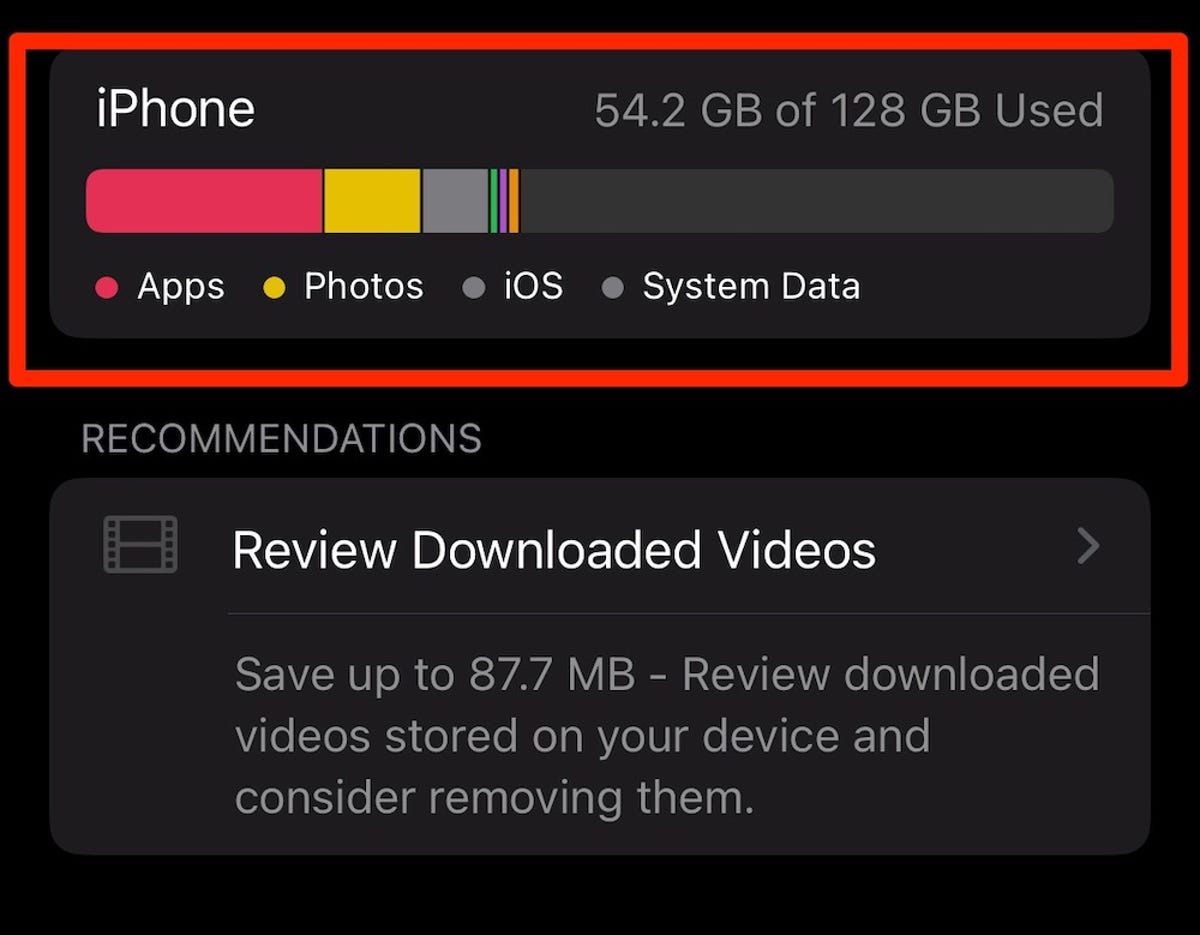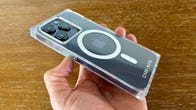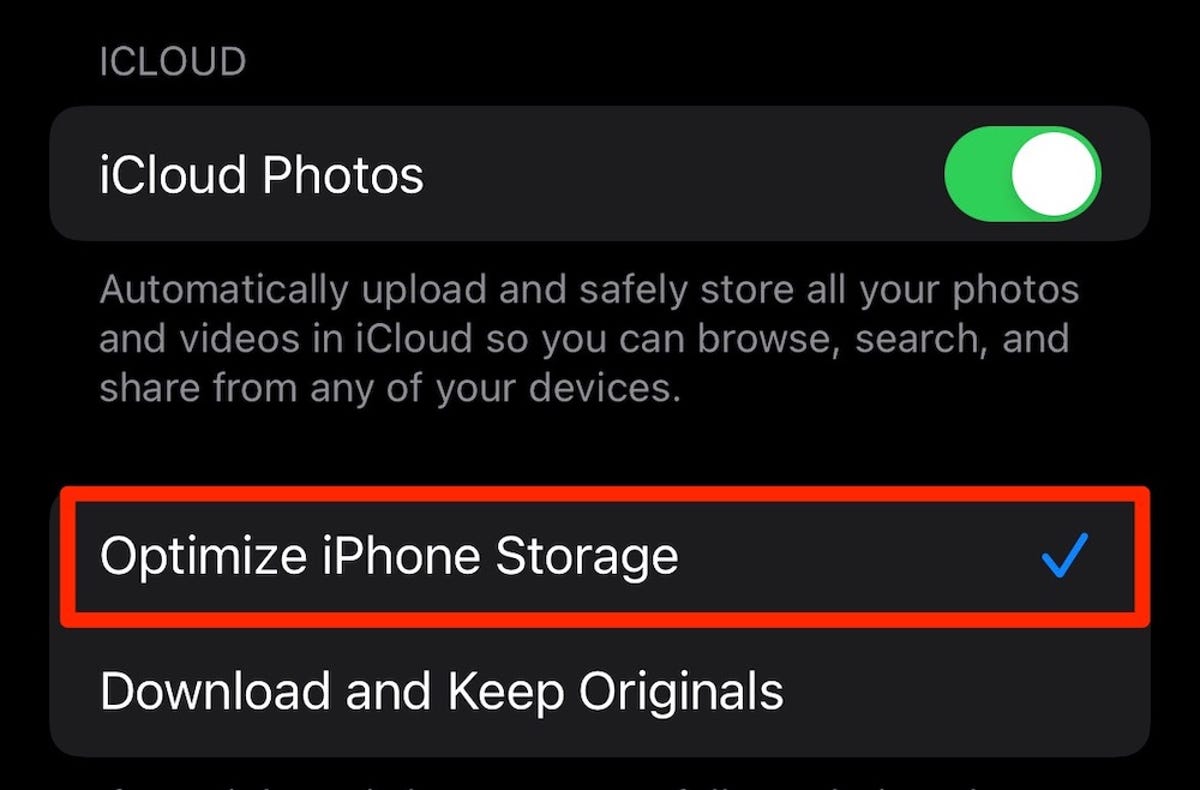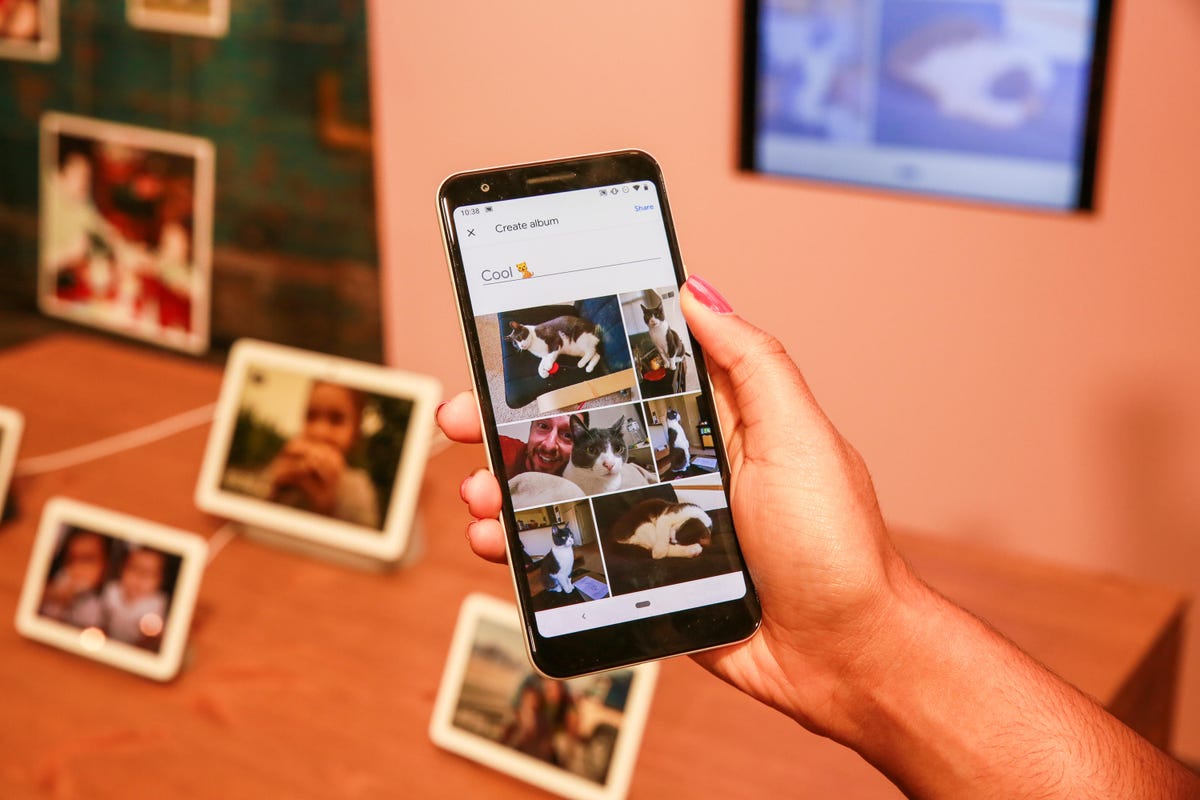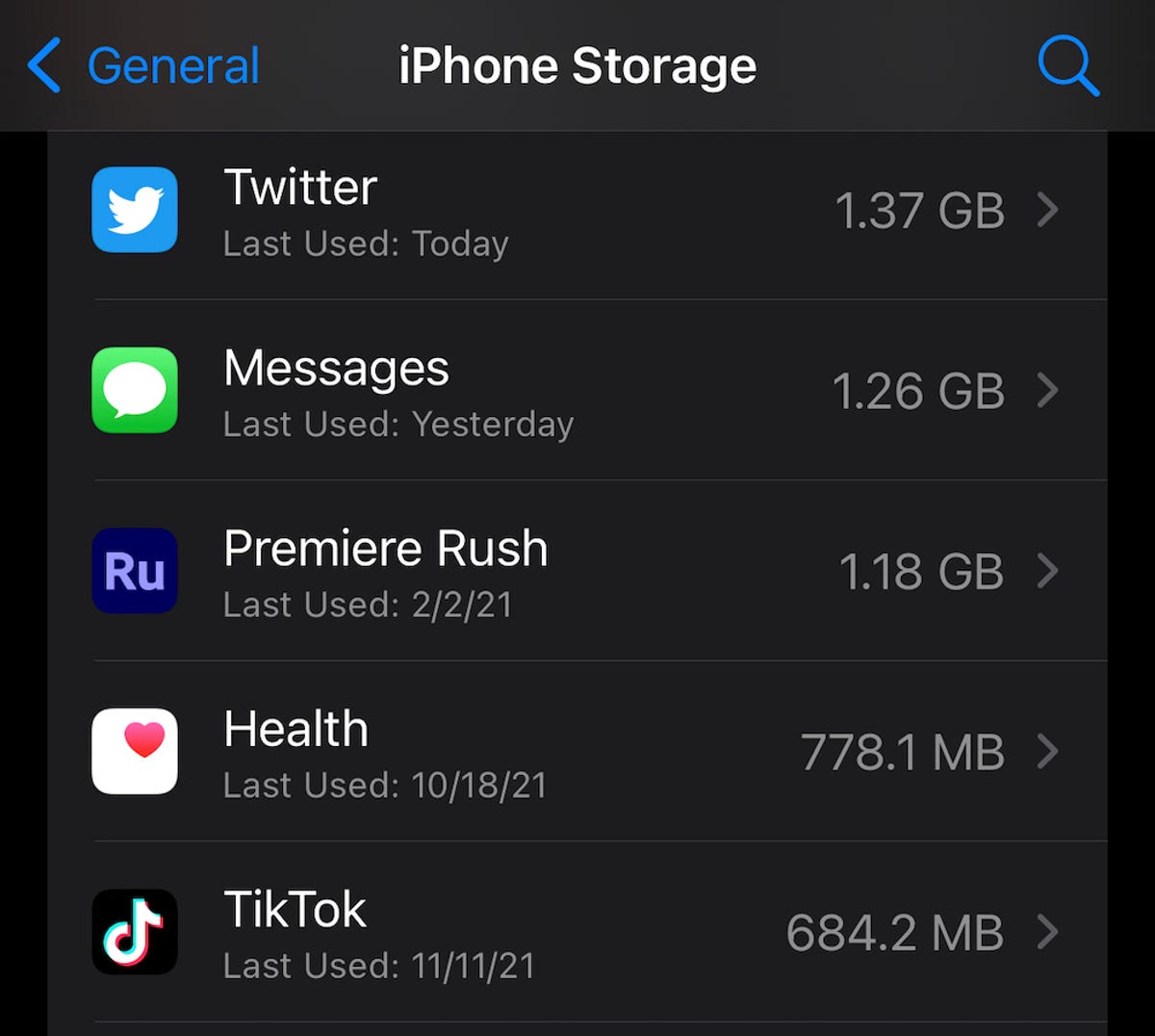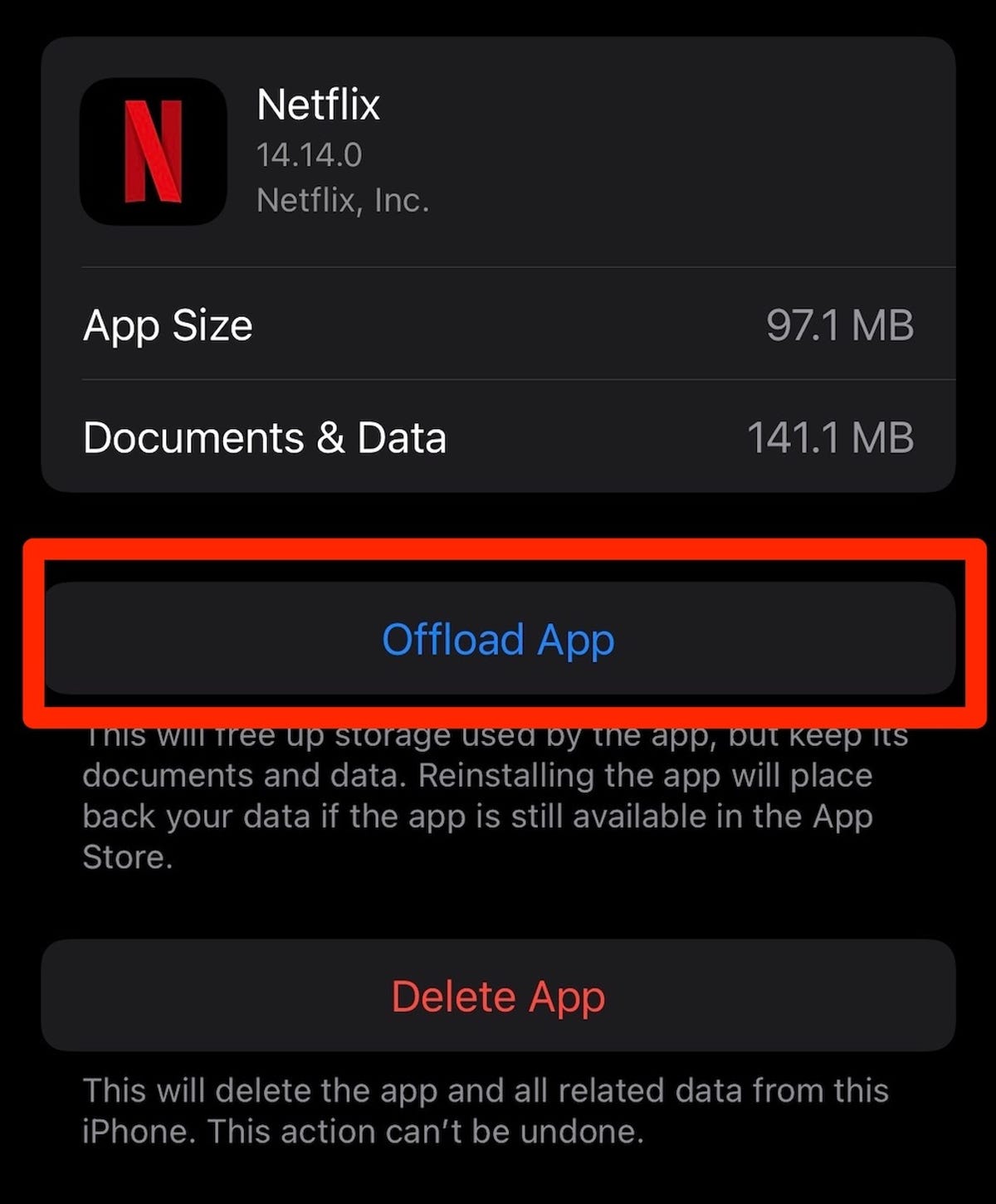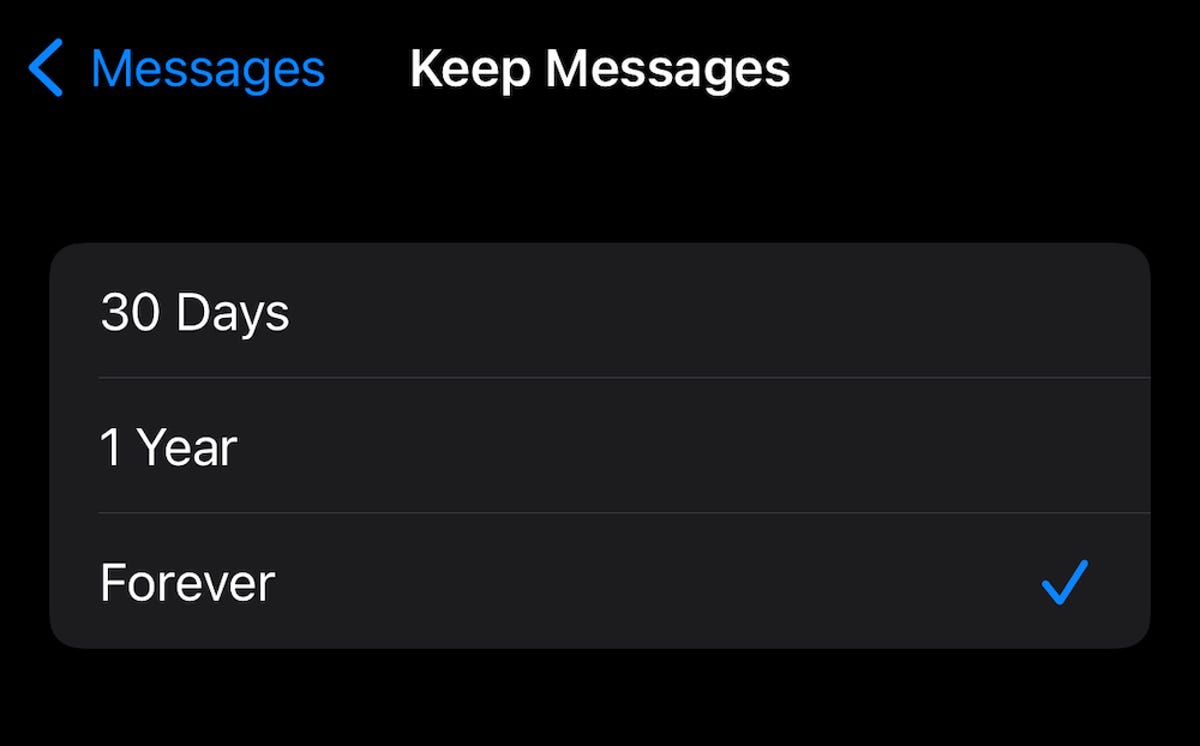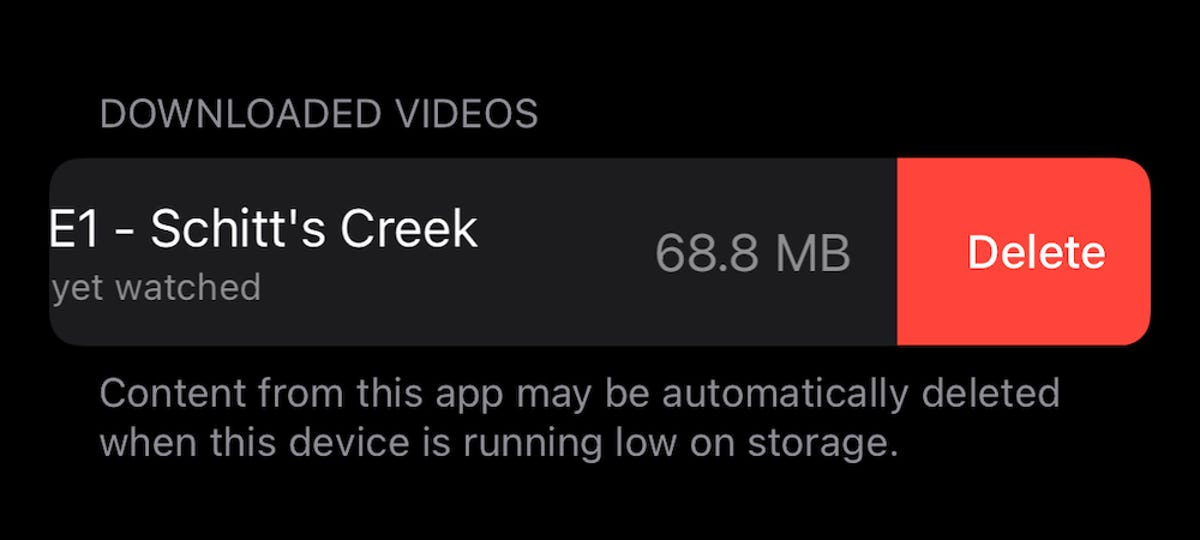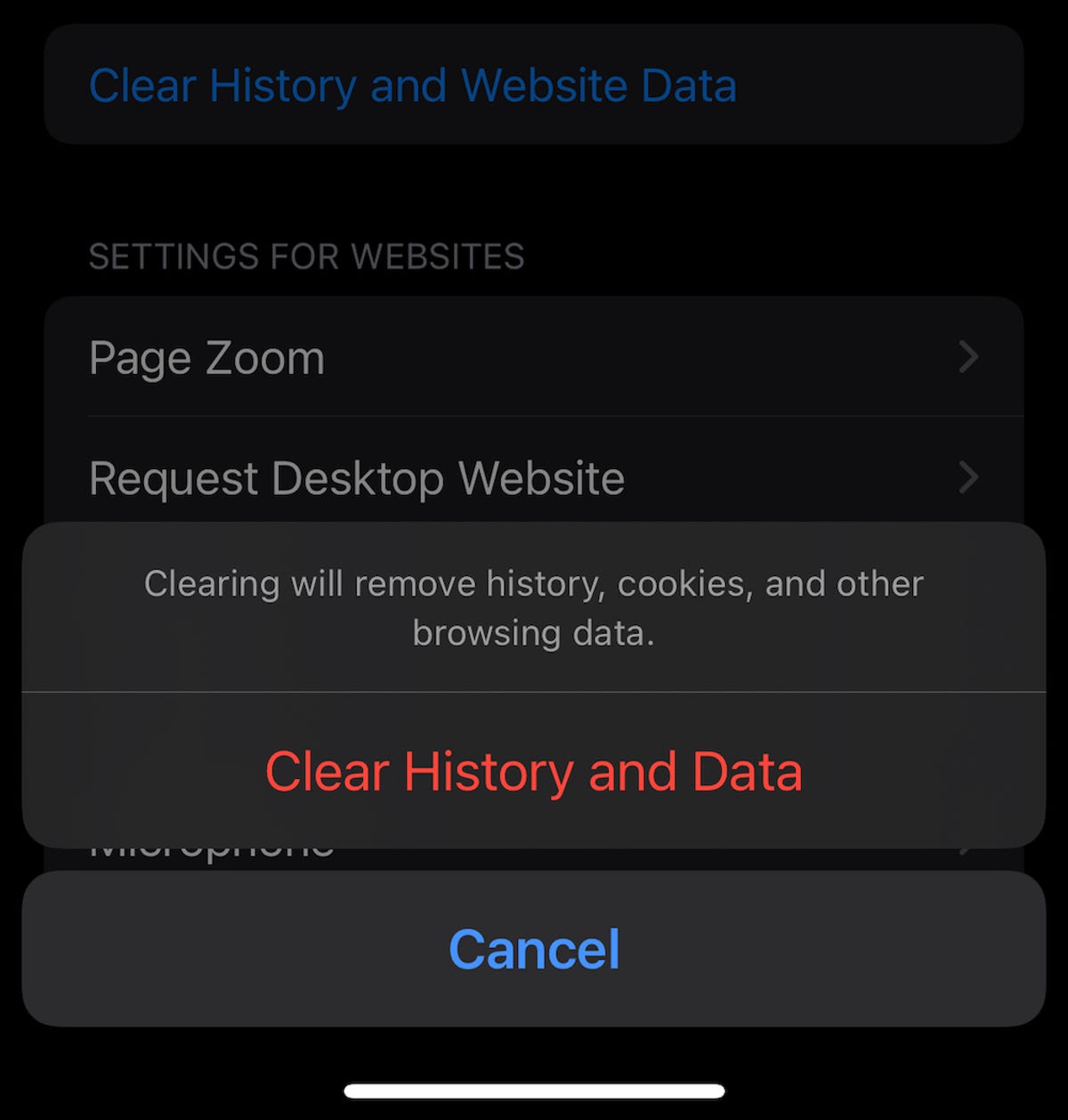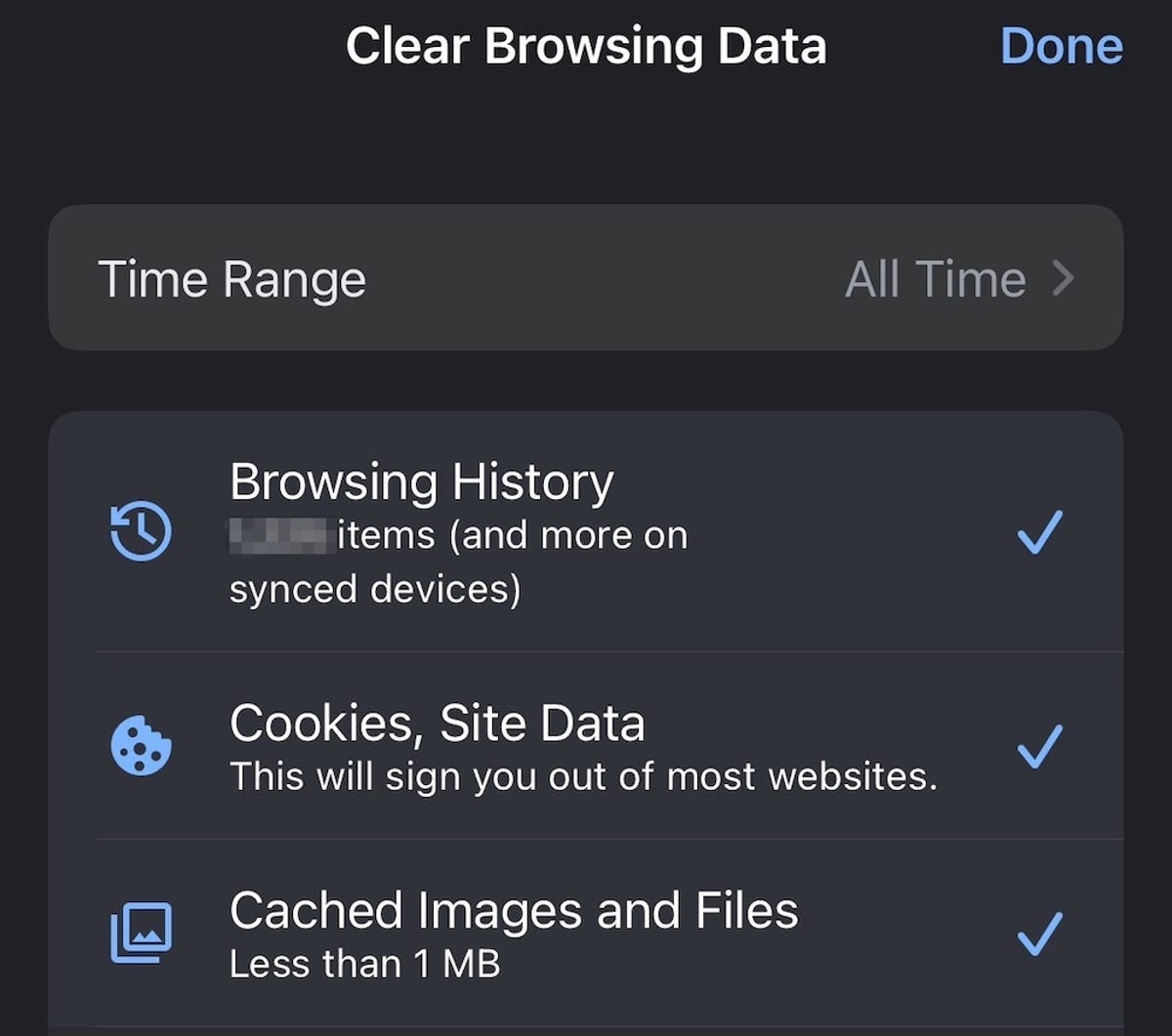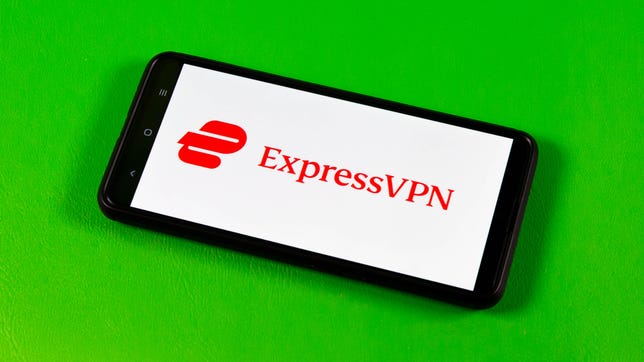It could be confusing to choose the best gifts for readers in your life. If you’re looking for a gift for readers, you may be surprised to hear that what you’re looking for isn’t a single book. Why buy someone just one book for the holidays when you could get them a whole digital library instead?
When you give a friend or loved one a book-reading device, they have access to a trove of titles. I especially appreciate how E Ink readers have remained largely single-function devices, focusing on reading (and occasionally note-taking), rather than branching out into games, video chats or work apps.
The most well-known digital book reader is Amazon’s Kindle line, which uses E Ink displays and supports Amazon’s ebook storefront. Current models offer self-illuminated touchscreens, eliminating the need for an external book light. But beyond Kindle’s hardware, the Kindle app works on smartphones, iPads and other devices.
If you don’t want to buy through Amazon, other alternatives exist. For instance, Rakuten’s Kobo ebook readers work with most third-party vendors using the ePub book standard. And both Kobo and Kindle let you freely read loaner books from your local library.
We’ve also rounded up even more ebook readers here, and tested several big-screen multifunction E Ink devices that are more tabletlike and add stylus support.
My biggest overall shopping tip is that most Kindle devices are frequently on sale and sometimes offer stacking trade-in deals on top of that, so you can often expect to pay less than the official retail price.
Amazon
Amazon has released a baseline Kindle E Ink e-reader for $100 that no longer seems so entry-level. While its 6-inch screen makes it a smaller and lighter e-reader than the step-up Kindle Paperwhite ($140), its display has the same 300-ppi resolution as the Paperwhite. However, the Paperwhite model adds waterproofing and incorporates a more sophisticated front lighting scheme, with 17 LEDs compared with the basic Kindle 2022’s four LEDs.
In the past, we’ve recommended stepping up to the Paperwhite if you could afford it, mainly because it had a higher resolution display than the entry-level Kindle, which allowed text to appear more crisp. But with both models now featuring similar displays (at least as far as resolution goes), we may have to revise that recommendation.
The Kindle (2022) is available in black or denim blue.
Dan Ackerman/CNET
Yes, Amazon’s top-end Kindle is too expensive for what it is, but when I upgraded from a Kindle Paperwhite to the Oasis a few years ago, I was knocked out by how much better the Oasis is in terms of book readability and responsiveness.
It’s got a bigger screen, and I find the physical page-turn buttons are so much better than swiping. The latest version can adjust the color temperature of the (monochromatic) screen, for better nighttime reading.
Amazon runs a lot of deals on this, and also watch out for trade-in bonuses on older Kindles to get it for a reasonable price.
David Carnoy/CNET
The Paperwhite is Amazon’s middle-of-the-road Kindle, between the base model and the Oasis. Last year, it received a big upgrade in the form of a larger 6.8-inch screen and better battery life, which makes it my go-to choice, as it’s almost as good as the fancier Oasis now.
While the Paperwhite is waterproof and can adjust its display color temperature, it lacks the Oasis’ physical page-turn buttons.
There’s also an upgraded model, the Signature Edition ($190), with 32GB of storage (versus 8GB) and an auto-adjusting front light. More importantly, it also works with the same wireless charging Qi pads as your phone. Again, hold out for a sale or a good trade-in deal on these.
Scott Stein/CNET
The iPad Mini received a great makeover last year, with a bigger, better screen (now 8.3 inches), new processor, optional 5G and a thinner, lighter design. It’s the perfect size for ebooks, and the color screen makes it a great choice for reading digital comics (ahem, graphic novels). At $500, it’s more expensive than the fanciest Kindle reader, but you get a full-fledged iPadOS device that can serve as a streaming video player or game machine as well.
David Carnoy/CNET
Amazon has long (until this year) ignored the need for bigger e-ink screens, leaving the doors open for brands like Kobo. This 10.3-inch display has stylus support for note-taking and includes 32GB of storage, a resolution of 227 dpi and a front light for nighttime reading.
No, it doesn’t officially support Amazon’s Kindle book format, but it does read key formats like PDF, ePub, MOBI and CBR, and it works with OverDrive, which is the ebook lending service most libraries use.
We’ve also rounded up a few more big-screen E Ink readers here.
Amazon/CNET
Amazon’s latest E Ink reader isn’t on sale yet, but it’s preorderable for an expected Nov. 30 launch. I’m very interested in the Scribe because it’s the first big-screen Kindle since the discontinued Kindle DX. It also adds stylus support and has a 10.2-inch display at 300 dpi (which is the same dpi as on the other Kindles).
It’s a hefty $329 to start, or up to $419 with an upgraded premium stylus and larger storage options. That’s a lot for a product we haven’t tested or reviewed yet, but it’s also — on paper — the bigger-screen Kindle I’ve been hoping for for years.
Read more about the Kindle Scribe.
And once you have an ebook reader, why not fill it up with some books written by CNET authors? Here’s a few to get started:

